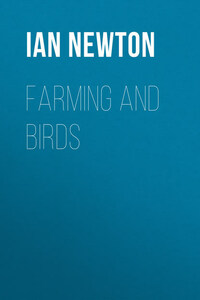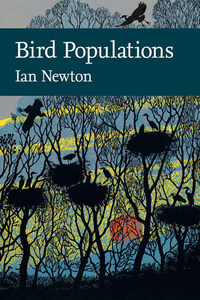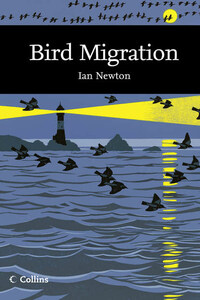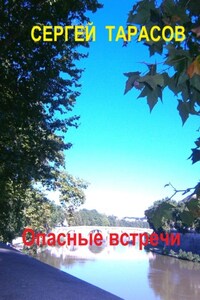William Collins
An imprint of HarperCollinsPublishers 1 London Bridge Street London SE1 9GF WilliamCollinsBooks.com This eBook edition published by William Collins in 2017 Copyright © Ian Newton, 2017 Ian Newton asserts the moral right to be identified as the author of this work. Cover design linocut by Robert Gillmor. A catalogue record for this book is available from the British Library. All rights reserved under International and Pan-American Copyright Conventions. By payment of the required fees, you have been granted the non-exclusive, non-transferable right to access and read the text of this eBook on-screen. No part of this text may be reproduced, transmitted, downloaded, decompiled, reverse engineered, or stored in or introduced into any information storage and retrieval system, in any form or by any means, whether electronic or mechanical, now known or hereinafter invented, without the express written permission of HarperCollins Publishers. Source ISBN: 9780008147891 Ebook Edition © July 2017 ISBN: 9780008175337 Version: 2017-06-28
EDITORS
SARAH A. CORBET, SCD DAVID STREETER, MBE, FIBIOL JIM FLEGG, OBE, FIHORT PROF. JONATHAN SILVERTOWN PROF. BRIAN SHORT
*
The aim of this series is to interest the general
reader in the wildlife of Britain by recapturing the enquiring spirit of the old naturalists. The editors believe that the natural pride of the British public in the native flora and fauna, to which must be added concern for their conservation, is best fostered by maintaining a high standard of accuracy combined with clarity of exposition in presenting the results of modern scientific research.
Cover
Title Page
Copyright
About the Editors
Editorsâ Preface
Authorâs Foreword and Acknowledgements
1 Introduction
2 Population Trends in Farmland Birds
3 Farming Through Time
4 Post-War Farming: the New Revolution
5 Soils, Invertebrates and Birds
6 Crops, Livestock and Birds
7 Weeds, Pests, Diseases and Birds
8 Pesticides and Birds
9 Arable Land: Management and Birds
10 Arable Land: Crop Growth, Harvest and Birds
11 Traditional Lowland Grasslands
12 Modern Grassland Management and Birds
13 Wet Grassland, Waders and Waterfowl
14 Insect Declines
15 Marshes and Land Drainage
16 Open Waters
17 Woods, Heaths and Farmsteads
18 Hedges and Other Field Boundaries
19 Hill Farming
20 Agri-Environment Schemes
21 Agri-Environment Successes
22 Conclusions
Footnotes
References
Species Index
General Index
About the Author
About the Publisher
FIVE PREVIOUS VOLUMES in the New Naturalist Library (NNs 17, 31, 50, 51, 67) have dealt broadly with humans and their impact on the landscape, particularly through farming activities. The last of these (NN 67 Farming and Wildlife by Kenneth Mellanby) was published in 1981, which on current farming timescales is a very long time ago. Hence Farming and Birds by Ian Newton is a timely analysis and a most welcome addition to the Library.
Readers of his three previous New Naturalists on Finches, Bird Migration and Bird Populations will be familiar with Ian Newtonâs characteristic comprehensive and insightful analyses, fact-packed and readily assimilable. This approach he here applies to the development of farming and farmland over the millennia since our ancestors first laid their hands on the land at the start of the Neolithic Period, with an inevitable closer focus on the last century. Farming and Birds deals with a breadth of topics, which today probably comprise the biggest ecological problem ever to have threatened the British and Irish environment.
Ian Newton has an outstanding research career in ornithological ecology, with over 300 scientific papers and several landmark books to his credit. One component of this research involved assessing the adverse impact of agricultural pesticides on raptor populations that absorbed the various toxins involved through their prey and the associated food chains â highly relevant to this text. Overall, Dr Newtonâs national and international standing in avian ecology is impeccable. He has served not only as President of the British Ecological Society and the British Ornithologistsâ Union but also as Chairman of the RSPB and the British Trust for Ornithology, he has been elected to Fellowships of the Royal Societies of London and Edinburgh, and he has been appointed OBE.
The Editorsâ Preface to Ian Newtonâs Finches (NN 55) considered it a âmodel of scientific writing for the general reader, balanced, lucid and absorbingâ. Nothing has changed. This volume will be valued and fascinating reading for those interested in their countryside, with many âso thatâs why â¦â explanations resolving problems that have puzzled readers. It should also be required reading for all those professionally involved in farming, from agricultural students and companies to relevant civil servants and, indeed, agriculture ministers.











